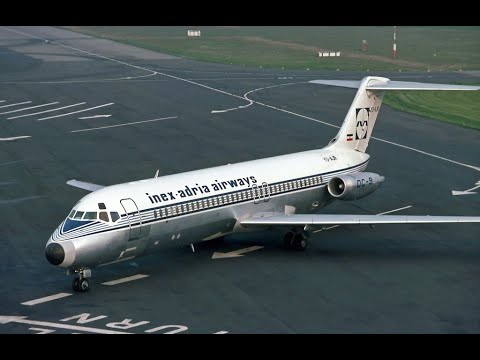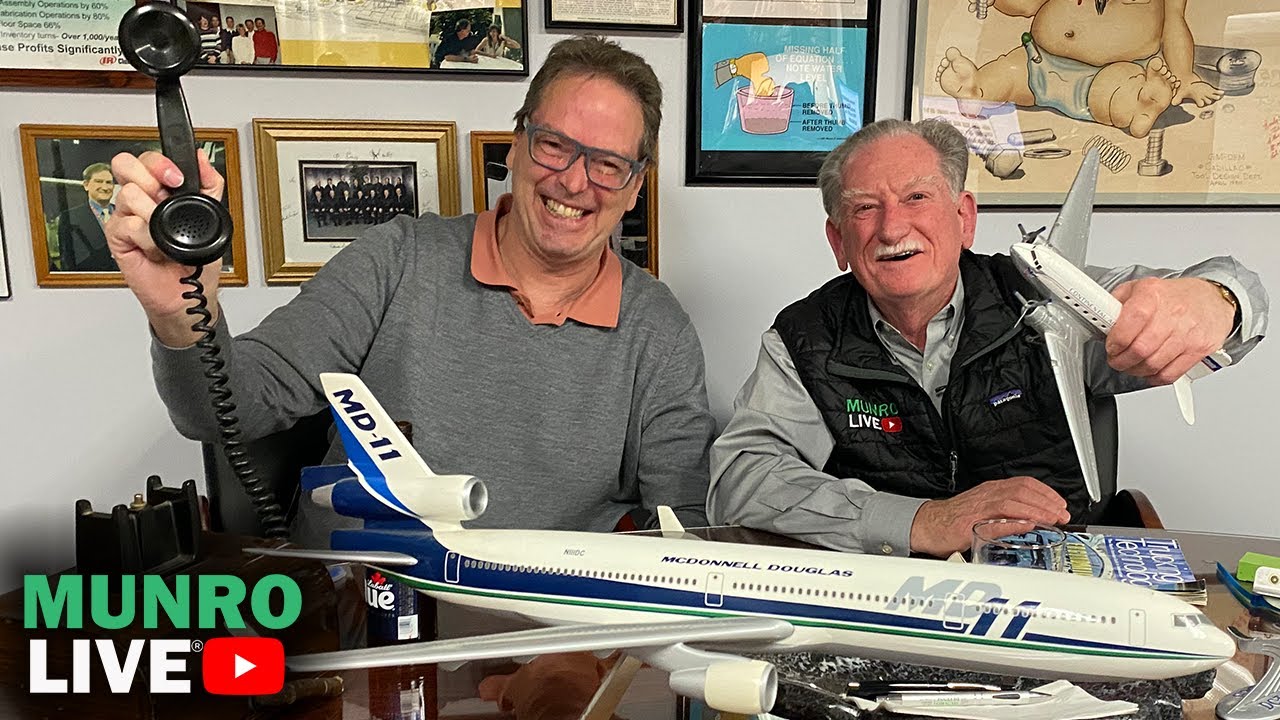Douglas Aircraft Company dominated the market for civilian airliners from the 1930s through the 1950s with its DC-3, DC-6, and DC-7 piston powered aircraft. Boeing was a minor player in this market, with its 377 Stratocruiser selling only 56 planes. After winning the Air Force competition for a jet-powered refueling tanker, Boeing transformed the design into the Boeing 707 jet transport and quickly took the lead in the “jet age” airliner market, selling a total of 865 707s, plus another 154 of the slightly modified short-range Boeing 720 variant.
Douglas entered the jet transport market a year after Boeing with its DC-8 in 1959, but found itself playing catch-up to Boeing. In an attempt to enter a new segment of the market, Douglas introduced the Douglas DC-9 twinjet airliner in 1965, with two rear-mounted engines. The airliner was designed to be economical for airlines to operate: it required only a two-person cockpit crew, compared to three on all contemporary Boeing offerings, and incorporated front and rear air-stairs which allowed operating from small airports without ground support equipment or staff and sped up boarding and deplaning, and an auxiliary power unit (APU) which eliminated the need for a “start cart” at airports it served.
A total of 976 DC-9s were produced between 1965 and 1982 and the DC-9 family, including its derivatives, the McDonnell Douglas MD-80 and MD-90 and Boeing 717 accounted for a total of 2441 units sold through 2006.

